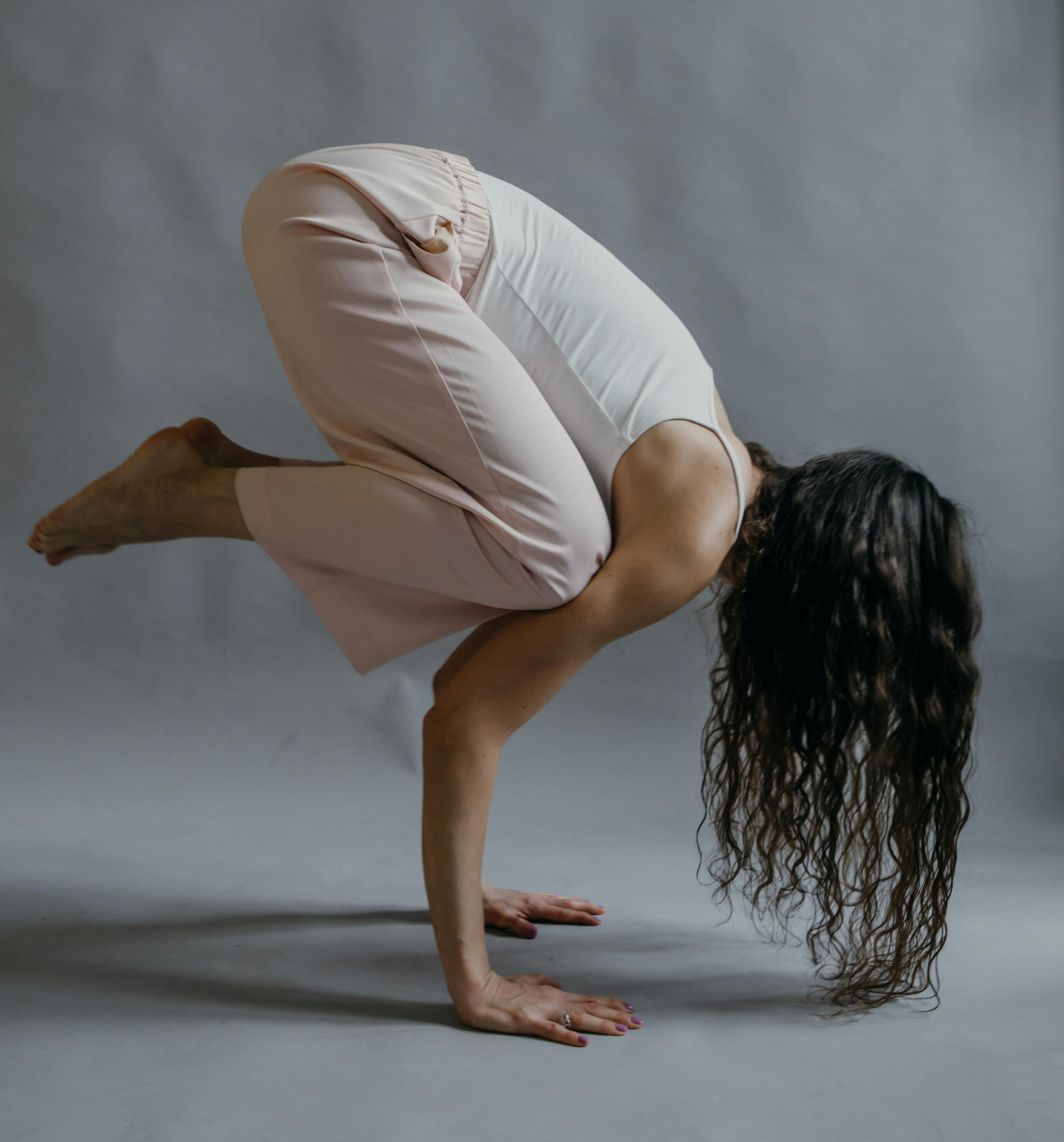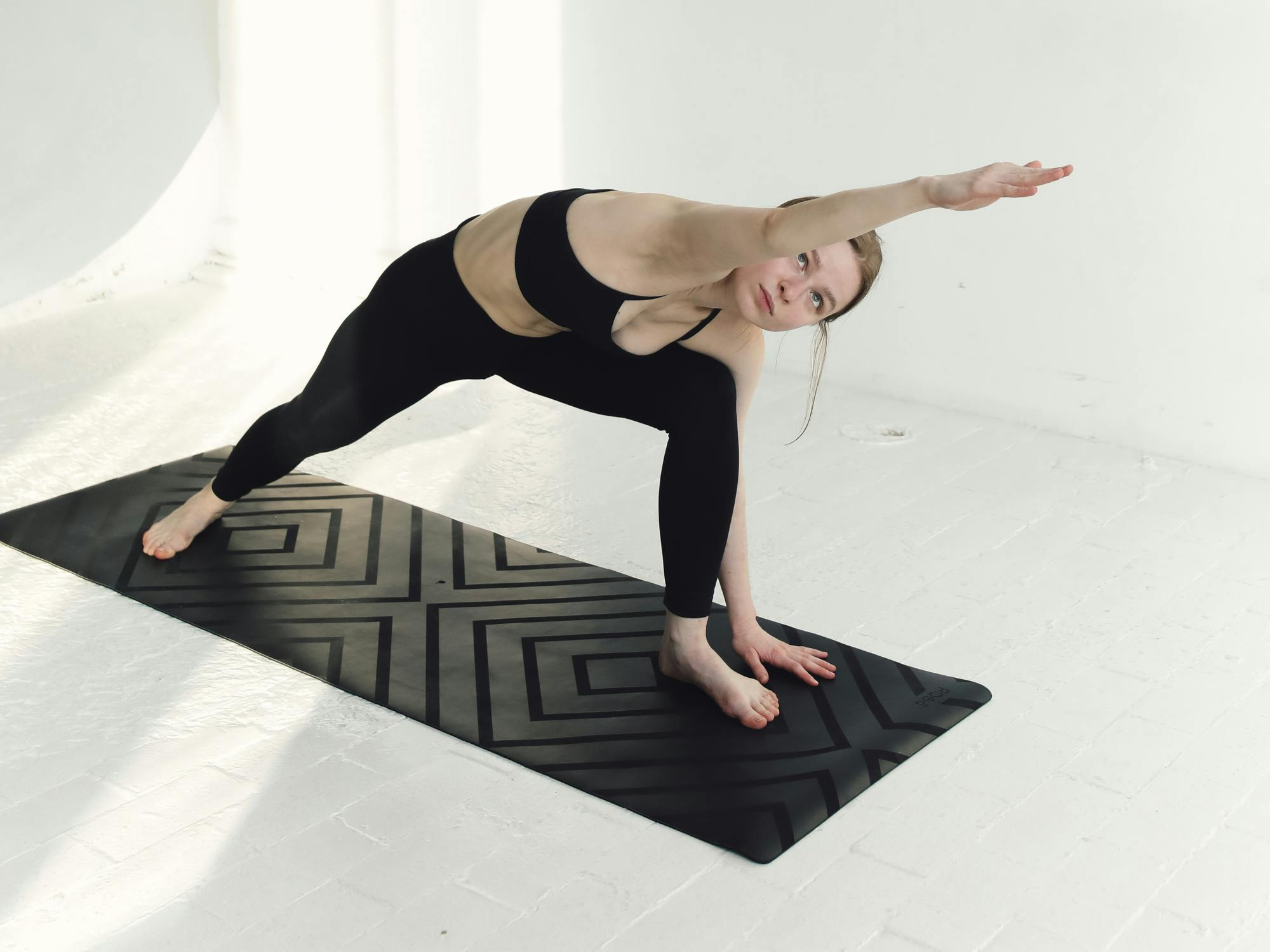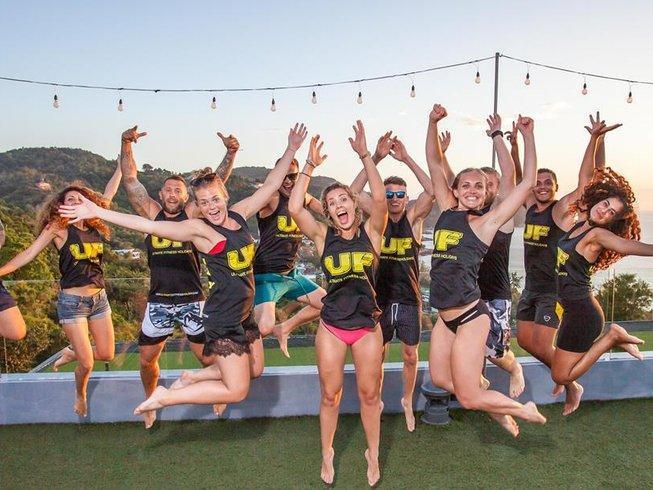Search for yoga retreats
Discover yoga retreats, holidays, and courses from worldwide.
The world of yoga offers a diverse tapestry of styles, each catering to different needs and preferences. Today, we delve into the dynamic realm of Vinyasa Yoga, renowned for its flowing sequences and invigorating breathwork.
Vinyasa: A Symphony of Movement and Breath
The term "Vinyasa" itself holds multiple interpretations. Some define it as "connection," while others translate it as "to place in a special way" or simply "flow." This essence of flow is what truly defines Vinyasa Yoga. Unlike Hatha yoga, where poses are held for extended periods, Vinyasa seamlessly links postures together in a continuous sequence, guided by the rhythm of your breath.
This focus on breath-movement integration sets Vinyasa apart. Inhale as you rise, exhale as you fold – this mindful connection between the physical and the internal creates a dynamic and meditative experience.

Tracing the Roots of Vinyasa
While Vinyasa has gained immense popularity in recent times, its roots lie in the Ashtanga lineage. Developed by Sri Krishnamacharya in the early 20th century, Ashtanga emphasizes a specific sequence of postures. Vinyasa, however, borrows this core principle of linking movements but allows for more flexibility in the sequence selection.
The Four Pillars of Vinyasa Flow
A Vinyasa class typically incorporates four key elements:
- Sun Salutations (Surya Namaskara): These foundational sequences, A and B, form the heart of Vinyasa practice. Each movement is synchronized with the breath, creating a powerful warm-up and establishing the flow for the entire class.
- Vinyasas (Transitions): These are the bridges between postures, often involving a plank or a downward-facing dog. The instructor might guide you through specific vinyasa sequences, adding variety and maintaining the flow.
- Breathwork (Ujjayi): This deep, rhythmic breathing technique, also known as the "ocean breath," is a cornerstone of Vinyasa. The sound of the breath creates a natural internal rhythm, guiding your movement and promoting focus.
- Additional Breathing Techniques: Vinyasa yoga classes might also integrate other breathing techniques like Anuloma Viloma (alternate nostril breathing), Kapalbhati (exhalation-focused breathing), and Bhastrika (bellows breath). These techniques can enhance focus, detoxification, and energize the body and mind.
The Benefits of Flowing with Vinyasa
Vinyasa offers a multitude of benefits for both the body and mind:
- Strength and Stamina: The continuous flow and challenging postures build strength and improve cardiovascular endurance.
- Flexibility: The dynamic movements inherently stretch and lengthen muscles, increasing your range of motion.
- Stress Relief: The focus on breath and movement creates a meditative experience, promoting relaxation and stress reduction.
- Mind-Body Connection: Vinyasa fosters a deep connection between your physical movements and internal state, cultivating present-moment awareness.
A Constellation of Flowing Styles: Beyond Vinyasa
The term "Vinyasa" often serves as an umbrella for a captivating constellation of dynamic yoga styles. While Jivamukti, Power Yoga, and Baptiste Yoga share the core Vinyasa principles of breath-linked movement, each offers a unique twist. Jivamukti, for instance, weaves philosophical and spiritual elements into its physically demanding sequences. Power Yoga dials up the intensity, focusing on building strength and endurance. Baptiste Yoga injects heat into the mix, creating a Hot Power Yoga experience that promotes deeper detoxification. So, the world of Vinyasa extends far beyond its core – there's a vibrant style waiting to be discovered by every yogi seeking a flow that resonates with their goals and preferences.
Who Should Embrace the Flow?
Vinyasa can be a fantastic practice for those seeking a physically and mentally stimulating experience. However, some aspects like complex transitions require a certain level of strength and flexibility. Beginners can benefit from starting with slower-paced Vinyasa yoga classes or building a foundation in Hatha yoga before diving into more vigorous flows.
movement, self-discovery, and celebrating every step along the way. So, take a deep breath, embrace the flow, and see where your Vinyasa practice takes you!

Exploring Vinyasa Further: A Deep Dive into Practice
Unleash your inner acrobat and deepen your Vinyasa practice! As you build confidence and strength, a world of possibilities unfolds. Vinyasa classes often incorporate exhilarating inversions (headstands, handstands) alongside core-challenging arm balances (crow pose, forearm plank variations). Mastering these advanced postures isn't just about bragging rights on Instagram (although, hey, you earned it!). They cultivate incredible strength, focus, and a deep sense of accomplishment that spills over into other areas of your life.
But remember, advanced yoga postures require a solid foundation. Building strong alignment and core strength is essential before attempting inversions and arm balances. A qualified Vinyasa instructor can guide you safely towards these challenging asanas, ensuring you reap the benefits without risking injury.
The beauty of Vinyasa lies in its adaptability. It's a practice that caters to all levels. Are you recovering from an injury or have limitations? A good Vinyasa teacher will be your partner in exploration. They'll offer modifications that allow you to participate fully and safely in the flow. Open communication with your instructor is key. Listen to your body, and remember, Vinyasa is a journey, not a destination. It's about mindful movement, self-discovery, and celebrating every step along the way. So, take a deep breath, embrace the flow, and see where your Vinyasa practice takes you!
Ready to Flow?
So, take a deep breath, find a comfortable space, and allow Vinyasa to guide you on a journey of movement, breath, and self-discovery. Remember, the practice is a marathon, not a sprint. Be patient, listen to your body, and enjoy the invigorating flow of Vinyasa Yoga!
Ready to take your Vinyasa practice to the next level? Consider enrolling in a Yoga Teacher Training program or a Yoga Retreat specifically designed for Vinyasa enthusiasts. Immerse yourself in a supportive community, deepen your knowledge of Vinyasa yoga, and discover its transformative power in a breathtaking natural setting.
Craving More Stories?
Join our ShopYogaRetreats newsletter for the latest updates on thrilling
destinations and inspirational tales, delivered straight to your inbox!
We value your privacy. Your email address will never be shared or published.
 English
English Deutsch
Deutsch Français
Français Nederlands
Nederlands Español
Español

